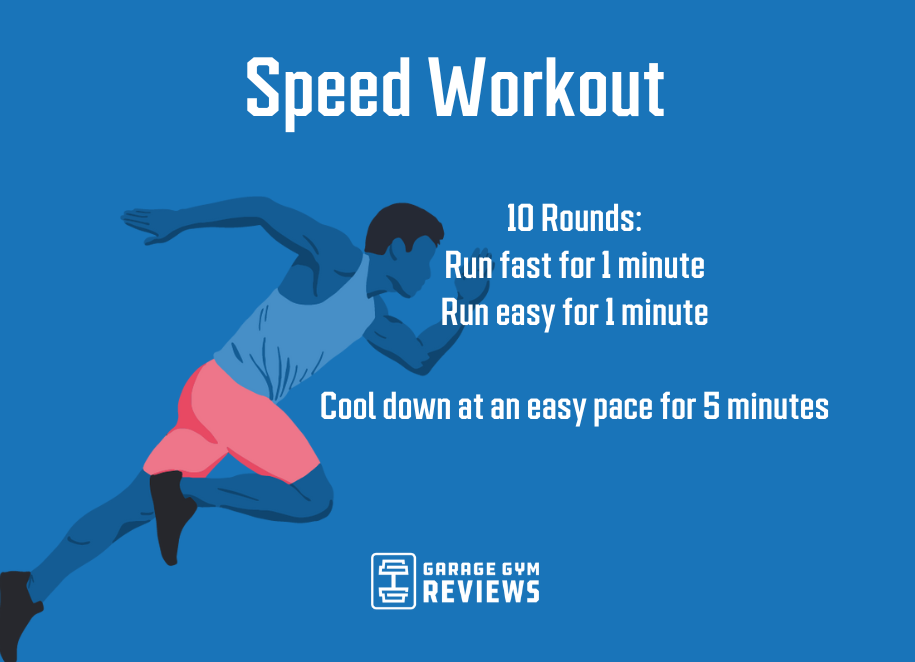Revamp Your Running Strategy: Tips for Improved Efficiency
Revamp Your Running Strategy: Tips for Improved Efficiency
Blog Article
Managing Typical Running Pains: Reasons, Solutions, and Prevention
As joggers, we often encounter different pains that can prevent our performance and pleasure of this physical task. From the devastating pain of shin splints to the unpleasant IT band disorder, these usual running pains can be discouraging and demotivating. Recognizing the reasons behind these conditions is critical in successfully resolving them. By discovering the origin factors for these operating discomforts, we can uncover targeted remedies and safety nets to make sure a smoother and extra satisfying running experience (check out more here).
Common Running Pain: Shin Splints
Shin splints, an usual running discomfort, commonly result from overuse or inappropriate footwear during physical task. The repeated anxiety on the shinbone and the tissues affixing the muscular tissues to the bone leads to swelling and discomfort.
To prevent shin splints, individuals need to gradually increase the intensity of their exercises, put on appropriate shoes with proper arch support, and maintain versatility and toughness in the muscle mass surrounding the shin (running workout). Additionally, including low-impact tasks like swimming or cycling can assist keep cardio health and fitness while permitting the shins to heal.
Usual Running Discomfort: IT Band Syndrome
Along with shin splints, an additional common running pain that athletes often experience is IT Band Syndrome, a problem brought on by inflammation of the iliotibial band that leaves the external upper leg and knee. IT Band Disorder typically materializes as pain outside of the knee, specifically throughout activities like running or cycling. The iliotibial band is a thick band of fascia that links the aware of the shin, and when it becomes swollen or limited, it can scrub against the upper leg bone, bring about pain and discomfort.
Joggers experiencing IT Band Disorder may observe a stinging or aching feeling on the external knee, which can intensify with continued task. Variables such as overuse, muscular tissue inequalities, incorrect running kind, or inadequate workout can add to the development of this condition.
Common Running Discomfort: Plantar Fasciitis

Plantar Fasciitis can be credited to various aspects such as overtraining, inappropriate footwear, running on tough surfaces, or having high arches or level feet. To avoid and relieve Plantar Fasciitis, runners can integrate extending workouts for the calf bones and plantar fascia, wear encouraging shoes, maintain a healthy and balanced weight to lower strain on the feet, and gradually boost running intensity to avoid sudden anxiety on the plantar fascia. If signs and symptoms persist, it is suggested to consult a healthcare professional for correct medical diagnosis and therapy alternatives to deal with the problem properly.
Common Running Discomfort: Runner's Knee
After resolving the obstacles of Plantar Fasciitis, one more prevalent problem that joggers typically encounter is Jogger's Knee, a typical running pain that can prevent athletic efficiency and create pain throughout physical activity. Jogger's Knee, also recognized as patellofemoral discomfort disorder, manifests as discomfort around or behind the kneecap. This problem is typically check it out credited to overuse, muscle discrepancies, incorrect running techniques, or issues with the alignment of the kneecap. Runners experiencing this discomfort may feel a dull, aching pain while running, going up or down staircases, or after long term durations of resting. To stop Jogger's Knee, it is crucial to integrate proper warm-up and cool-down routines, keep solid and balanced leg muscles, use ideal shoes, and progressively increase running intensity. If signs linger, consulting from a medical care professional or a sports medication professional is suggested to identify the underlying cause and establish a tailored treatment strategy to relieve the pain and protect against additional issues.
Usual Running Pain: Achilles Tendonitis
Frequently affecting runners, Achilles Tendonitis is a painful problem that influences the Achilles tendon, triggering pain and potential limitations in exercise. The Achilles tendon is a thick band of tissue that links the calf bone muscle mass to the heel bone, important for tasks like running, leaping, and walking - look at this site. Achilles Tendonitis often develops as a result of overuse, inappropriate footwear, inadequate extending, or sudden rises in exercise
Signs And Symptoms of Achilles Tendonitis include pain and tightness along the ligament, especially in the early morning or after periods of lack of exercise, swelling that gets worse with activity, and possibly bone spurs in persistent cases. To stop Achilles Tendonitis, it is necessary to extend correctly before and after running, put on suitable footwear with appropriate support, gradually enhance the strength of workout, and cross-train to lower recurring stress and anxiety on the tendon.
Final Thought

Report this page